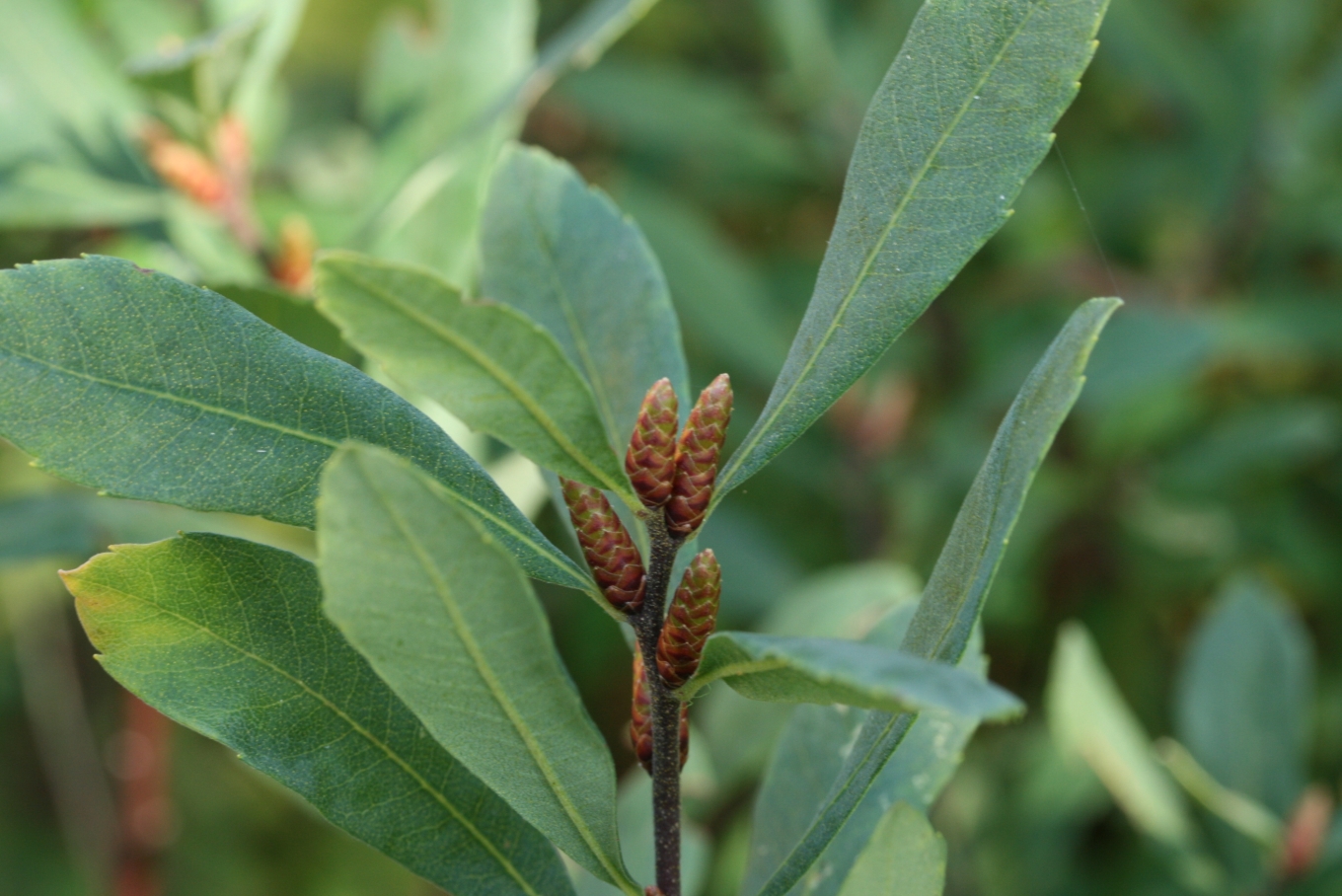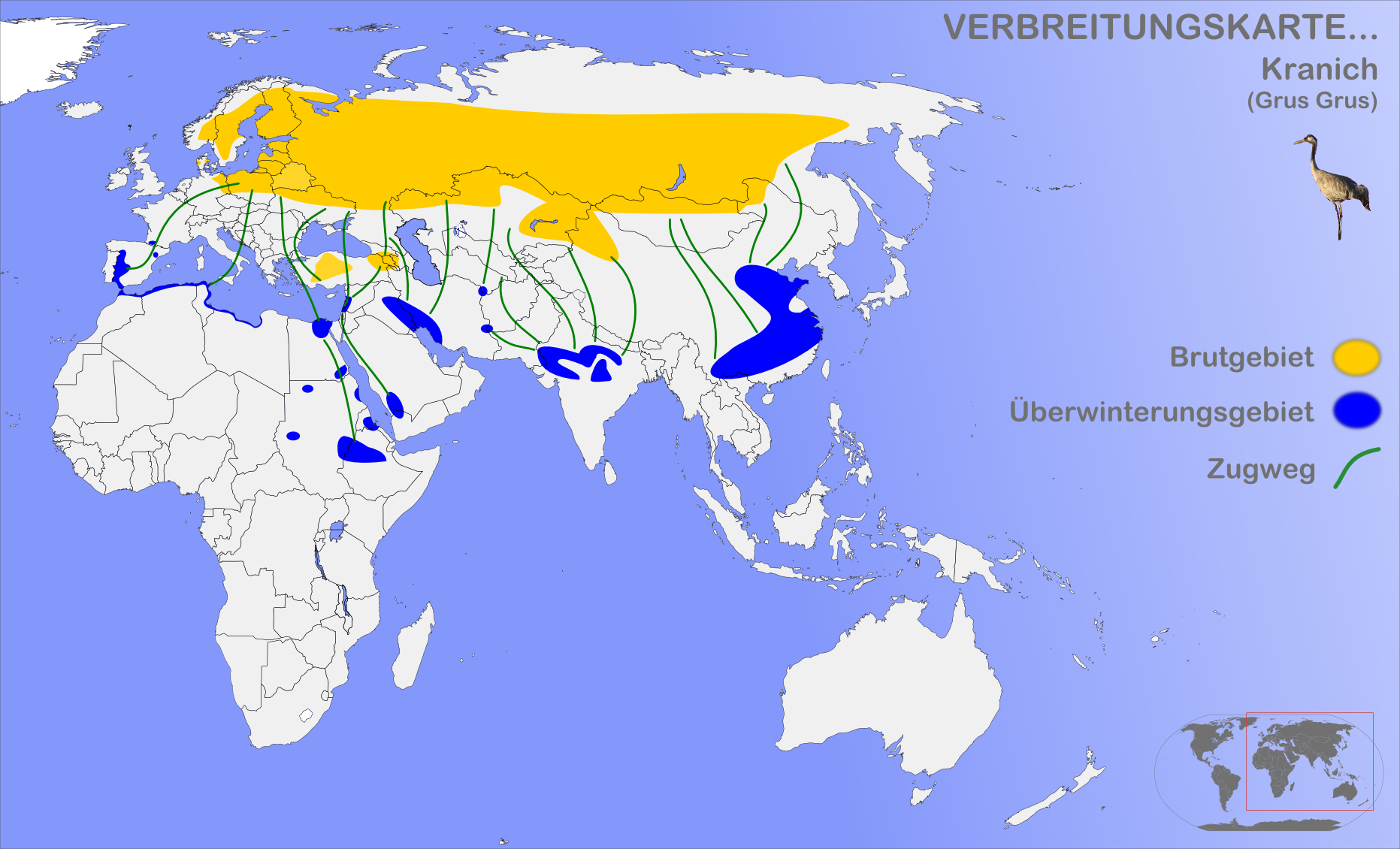|
Paadrema Nature Reserve
Paadrema Nature Reserve is a nature reserve situated in south-western Estonia, in Pärnu County. The nature reserve of Paadrema is centred on Paadrema fen, surrounded by old-growth forest and swamps. Typical plants that grow in the area include several species of orchid and sweet gale. Among birds, white-tailed eagle, white-spotted bluethroat, red-backed shrike and common crane The common crane (''Grus grus''), also known as the Eurasian crane, is a bird of the family Gruidae, the cranes. A medium-sized species, it is the only crane commonly found in Europe besides the demoiselle crane (''Grus virgo'') and the Siberi ... can be found in the nature reserve. References {{Nature reserves of Estonia Nature reserves in Estonia Geography of Pärnu County Tourist attractions in Pärnu County ... [...More Info...] [...Related Items...] OR: [Wikipedia] [Google] [Baidu] |
Estonia
Estonia, formally the Republic of Estonia, is a country by the Baltic Sea in Northern Europe. It is bordered to the north by the Gulf of Finland across from Finland, to the west by the sea across from Sweden, to the south by Latvia, and to the east by Lake Peipus and Russia. The territory of Estonia consists of the mainland, the larger islands of Saaremaa and Hiiumaa, and over 2,200 other islands and islets on the eastern coast of the Baltic Sea, covering a total area of . The capital city Tallinn and Tartu are the two largest urban areas of the country. The Estonian language is the autochthonous and the official language of Estonia; it is the first language of the majority of its population, as well as the world's second most spoken Finnic language. The land of what is now modern Estonia has been inhabited by '' Homo sapiens'' since at least 9,000 BC. The medieval indigenous population of Estonia was one of the last " pagan" civilisations in Europe to adopt Ch ... [...More Info...] [...Related Items...] OR: [Wikipedia] [Google] [Baidu] |
Lihula
Lihula is a town in Lääneranna Parish, Pärnu County, Estonia. Lihula castle The castle of Lihula (german: Leal) was first mentioned in 1211, but it appears the site was used as a fortress since the Iron Age. In 1220, a Swedish army started constructing a castle here, but were defeated by Estonian forces on 8 August 1220, in the Battle of Lihula. In 1238, however, the bishop of Saare-Lääne (german: Ösel-Wiek) constructed a crusader fortress at the site, in cooperation with the Teutonic Order. This attempt was more successful and the castle became one of the residences of the bishop. The Teutonic Order also used the castle as a centre of their commandry between 1241 and 1477. In 1560, the estate was reportedly granted to alderman Gerdt Bellingshausen by Duke Magnus of Holstein. In the course of the Livonian War, the castle was destroyed. Lihula Manor Despite the fact that the castle was destroyed during the Livonian War, a new manorial estate grew up right next to th ... [...More Info...] [...Related Items...] OR: [Wikipedia] [Google] [Baidu] |
Pärnu County
Pärnu County ( et, Pärnu maakond or ''Pärnumaa''; german: Kreis Pernau) is one of 15 counties of Estonia. It is situated in the south-western part of the country, on the coast of Gulf of Riga, and borders Lääne and Rapla counties to the north, Järva and Viljandi counties to the east, and Latvia to the south. In January 2013 Pärnu County had a population of 81,428 – constituting 6.3% of the total population of Estonia. Pärnu County is the largest county of Estonia in terms of land area. History In Pärnu county there is the oldest known human settlement in Estonia, which is the town of Sindi, and it is up the Pärnu River, near the village of Pulli. It dates back to 8500 BCE in the Mesolithic historical period. County Government The County Government (Estonian: ''Maavalitsus'') is led by a governor (Estonian: ''maavanem''), who is appointed by the Government of Estonia for a term of five years. Since 1 January 2010, the Governor position is held by Andres Metsoj ... [...More Info...] [...Related Items...] OR: [Wikipedia] [Google] [Baidu] |
Old-growth Forest
An old-growth forestalso termed primary forest, virgin forest, late seral forest, primeval forest, or first-growth forestis a forest that has attained great age without significant disturbance, and thereby exhibits unique ecological features, and might be classified as a climax community. The Food and Agriculture Organization of the United Nations defines primary forests as naturally regenerated forests of native tree species where there are no clearly visible indications of human activity and the ecological processes are not significantly disturbed. More than one-third (34 percent) of the world's forests are primary forests. Old-growth features include diverse tree-related structures that provide diverse wildlife habitat that increases the biodiversity of the forested ecosystem. Virgin or first-growth forests are old-growth forests that have never been logged. The concept of diverse tree structure includes multi-layered canopies and canopy gaps, greatly varying tree height ... [...More Info...] [...Related Items...] OR: [Wikipedia] [Google] [Baidu] |
Swamp
A swamp is a forested wetland.Keddy, P.A. 2010. Wetland Ecology: Principles and Conservation (2nd edition). Cambridge University Press, Cambridge, UK. 497 p. Swamps are considered to be transition zones because both land and water play a role in creating this environment. Swamps vary in size and are located all around the world. The water of a swamp may be fresh water, brackish water, or seawater. Freshwater swamps form along large rivers or lakes where they are critically dependent upon rainwater and seasonal flooding to maintain natural water level fluctuations.Hughes, F.M.R. (ed.). 2003. The Flooded Forest: Guidance for policy makers and river managers in Europe on the restoration of floodplain forests. FLOBAR2, Department of Geography, University of Cambridge, Cambridge, UK. 96 p. Saltwater swamps are found along tropical and subtropical coastlines. Some swamps have hammock (ecology), hammocks, or dry-land protrusions, covered by aquatic vegetation, or vegetation that tolerates ... [...More Info...] [...Related Items...] OR: [Wikipedia] [Google] [Baidu] |
Myrica Gale
''Myrica gale'' is a species of flowering plant in the family Myricaceae, native to parts of Japan, North Korea, Russia, mainland Europe, the British Isles and parts of northern North America, in Canada and the United States. Common names include bog-myrtle, sweet willow, Dutch myrtle, and sweetgale. Description ''Myrica gale'' is a deciduous shrub growing to tall. The leaves are spirally arranged, simple, long, oblanceolate with a tapered base and broader tip, and a crinkled or finely toothed margin. The flowers are catkins, with male and female catkins on separate plants (dioecious). The fruit is a small drupe. Distribution and habitat Bog-myrtle is distributed throughout parts of the Northern Hemisphere, including: Japan, North Korea, Russia, mainland Europe, the British Isles, Canada and the United States. It typically grows in acidic peat bogs, and to cope with these difficult nitrogen-poor growing conditions, the roots have nitrogen-fixing actinobacteria which enable the ... [...More Info...] [...Related Items...] OR: [Wikipedia] [Google] [Baidu] |
White-tailed Eagle
The white-tailed eagle (''Haliaeetus albicilla'') is a very large species of sea eagle widely distributed across temperate Palearctic, Eurasia. Like all eagles, it is a member of the family Accipitridae (or accipitrids) which includes other diurnal Raptor (bird), raptors such as hawks, kite (bird), kites, and harrier (bird), harriers. One of up to eleven members in the genus ''Sea eagle, Haliaeetus'', which are commonly called sea eagles, it is also referred to as the white-tailed sea-eagle.Helander, B., & Stjernberg, T. (2003). ''Action plan for the conservation of white-tailed sea eagle (''Haliaeetus albicilla'')''. In Convention on the Conservation of European Wildlife and Natural Habitats, Strasbourg, France. Sometimes, it is known as the ern or erne (depending on spelling by sources),Love, J. A. (1983). ''The return of the Sea Eagle''. Cambridge University Press, . gray sea eagle and Eurasian sea eagle. While found across a very wide range, today breeding as far west as Gree ... [...More Info...] [...Related Items...] OR: [Wikipedia] [Google] [Baidu] |
Bluethroat
The bluethroat (''Luscinia svecica'') is a small passerine bird that was formerly classed as a member of the thrush family Turdidae, but is now more generally considered to be an Old World flycatcher, Muscicapidae. It, and similar small European species, are often called chats. It is a migratory insectivorous species breeding in wet birch wood or bushy swamp in Europe and across the Palearctic with a foothold in western Alaska. It nests in tussocks or low in dense bushes. It winters in north Africa and the Indian subcontinent. The bluethroat is similar in size to the European robin at 13–14 cm. It is plain brown above except for the distinctive black tail with red side patches. It has a strong white supercilium. Despite the distinctive appearance of the males, recent genetic studies show only limited variation between the forms, and confirm that this is a single species. Moults begins in July after breeding and are completed in 40–45 days, before the birds migrate. ... [...More Info...] [...Related Items...] OR: [Wikipedia] [Google] [Baidu] |
Common Crane
The common crane (''Grus grus''), also known as the Eurasian crane, is a bird of the family Gruidae, the cranes. A medium-sized species, it is the only crane commonly found in Europe besides the demoiselle crane (''Grus virgo'') and the Siberian crane (''Leucogeranus leucogeranus''). Along with the sandhill (''Antigone canadensis'') and demoiselle cranes and the brolga (''Antigone rubicunda''), it is one of only four crane species not currently classified as threatened with extinction or conservation dependent on the species level. Despite the species' large numbers, local extinctions and extirpations have taken place in part of its range, and an ongoing reintroduction project is underway in the United Kingdom. Taxonomy The first formal description of the common crane was by the Swedish naturalist Carl Linnaeus in 1758 in the tenth edition of his ''Systema Naturae'' under the binomial name ''Ardea grus''. The current genus ''Grus'' was erected by the French zoologist Mathuri ... [...More Info...] [...Related Items...] OR: [Wikipedia] [Google] [Baidu] |
Nature Reserves In Estonia
Nature, in the broadest sense, is the physical world or universe. "Nature" can refer to the phenomena of the physical world, and also to life in general. The study of nature is a large, if not the only, part of science. Although humans are part of nature, human activity is often understood as a separate category from other natural phenomena. The word ''nature'' is borrowed from the Old French ''nature'' and is derived from the Latin word ''natura'', or "essential qualities, innate disposition", and in ancient times, literally meant "birth". In ancient philosophy, ''natura'' is mostly used as the Latin translation of the Greek word ''physis'' (φύσις), which originally related to the intrinsic characteristics of plants, animals, and other features of the world to develop of their own accord. The concept of nature as a whole, the physical universe, is one of several expansions of the original notion; it began with certain core applications of the word φύσις by pre-Socr ... [...More Info...] [...Related Items...] OR: [Wikipedia] [Google] [Baidu] |
Geography Of Pärnu County
Geography (from Greek: , ''geographia''. Combination of Greek words ‘Geo’ (The Earth) and ‘Graphien’ (to describe), literally "earth description") is a field of science devoted to the study of the lands, features, inhabitants, and phenomena of Earth. The first recorded use of the word γεωγραφία was as a title of a book by Greek scholar Eratosthenes (276–194 BC). Geography is an all-encompassing discipline that seeks an understanding of Earth and its human and natural complexities—not merely where objects are, but also how they have changed and come to be. While geography is specific to Earth, many concepts can be applied more broadly to other celestial bodies in the field of planetary science. One such concept, the first law of geography, proposed by Waldo Tobler, is "everything is related to everything else, but near things are more related than distant things." Geography has been called "the world discipline" and "the bridge between the human a ... [...More Info...] [...Related Items...] OR: [Wikipedia] [Google] [Baidu] |




.jpg)


.jpg)